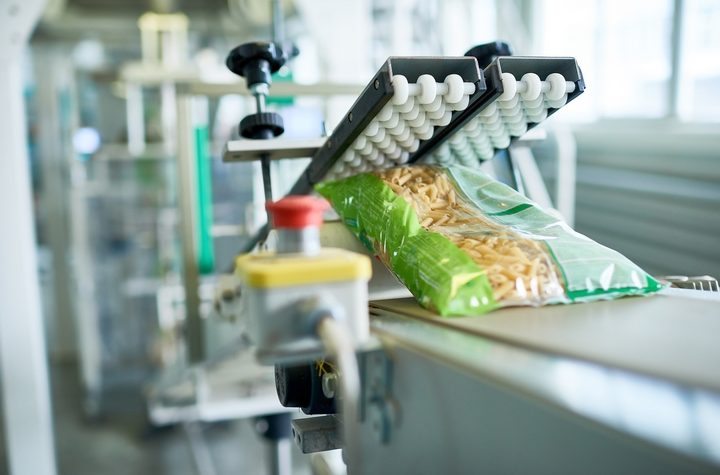There are a few things in life that are necessary for human life to function. Water is one of them, and could probably be considered as the first, vital resource. Food is its natural counterpart, and is pivotal for us to operate every single day. The method in which we consume food is a meticulous process, believe it or not.
In our modern day world, food is first harvested by the requisite parties. Manufacturers will then handle it, and package it for distribution. What role, then, does packaging play over the course of this procedure?
Read on to discover the main role of packaging in food processing:
What is the definition of food packaging?
Let’s elaborate on the definition of what food packaging is. In the most basic sense, this type of packaging refers to the wrapping of food for transport. Depending on the type of food contents inside, this containment will differ. Protecting the contents is of huge importance, especially if the food is sensitive.
Food packaging is used to safeguard the items from external elements that may pose harm. Outside germs and bacteria can seriously impact the state of the food, if it isn’t packaged correctly. Therefore, it is imperative for the contents to be boxed appropriately, for effective distribution.
Role #1: Visual Appeal

Packaging, for foods to be processed, does not have to be bland either. Depending on the intent, manufacturers will capitalize on visuals when taking packaging into account. Some will use vibrant pictures and colours, in order to reel in customer eyes. Others will simply place the food contents front and centre.
Many customers often prefer this latter type of packaging. Deli meats that are processed, for example, should be visibly apparent to consumers. Customers will generally inspect these items with the naked eye, to determine if it is good enough to be purchased. The right packaging to allow for this is action is vital as a result!
Role #2: Unique Containers

As mentioned previously, food has to be packaged with respect to the specific contents inside. Solid foods will generally be wrapped inside of a box of some variation. The box should be sturdy enough to protect the food, especially during transport. The last thing grocery stores want is to have the goods arriving in a damaged state!
Liquid food contents are a different story all around. For example, ready-to-make soups will be stored inside cans. This helps to preserve the state of the food, so that its shelf life won’t worsen after arrival. The containers used to package different types of food is, therefore, vital for more than just containment.
Role #3: Materials

Cardboard is one of the most commonly-used packaging types for housing food contents. However, just because it is the most common, doesn’t mean it is the only one. There are a plethora of materials used to create food packaging, each with their own advantages. Plastic is another, commonplace type of packaging used for distribution.
For those who prefer to purchase their foods in an eco-friendly manner, you’re in luck. Organic foods can also be contained within packaging that is naturally curated. Crackers, and other snacks, can be wrapped in packaging made from recycled materials. Being innovative, in this regard, is beneficial for everyone involved!
Role #4: Informative Labelling

Packaging’s main purpose, when covering the contents inside, is to ensure the protection of the food. However, it’s secondary purpose is to also play a role in educating the inevitable customer. Labels are used to provide consumers with all information pertinent to the food item in question.
These labels should visibly state nutritional information, such as calorie counts. Moreover, the amount of fats, proteins, carbohydrates, and sugar content should all be labelled. Since our society is becoming more perceptive to their consumption, these bits of information are key. Highlighting this on the packaging, no matter the food item, is imperative.
Role #5: Tertiary Packaging

When food is ready to be distributed to wholesale retailers, they will often be placed in another container. This is known as tertiary packaging, in which the already-packaged food is placed inside a shipping container. Many food imports, depending on the country, rely on this method for several reasons.
Since some foods cannot be locally grown, they must be imported from a trading partner. As such, it is vital to keep the food contents as safe as possible. Not only is the primary packaging important, but the condition of the shipping container is also key. When this is done correctly, distribution can be handled much more easily.
While the role of food packaging is basic, it is comprised of many more, intricate layers. There are a ton of factors that go into the process, for the betterment of all parties involved. That way, manufacturers and consumers alike will be satisfied with their purchased products!




